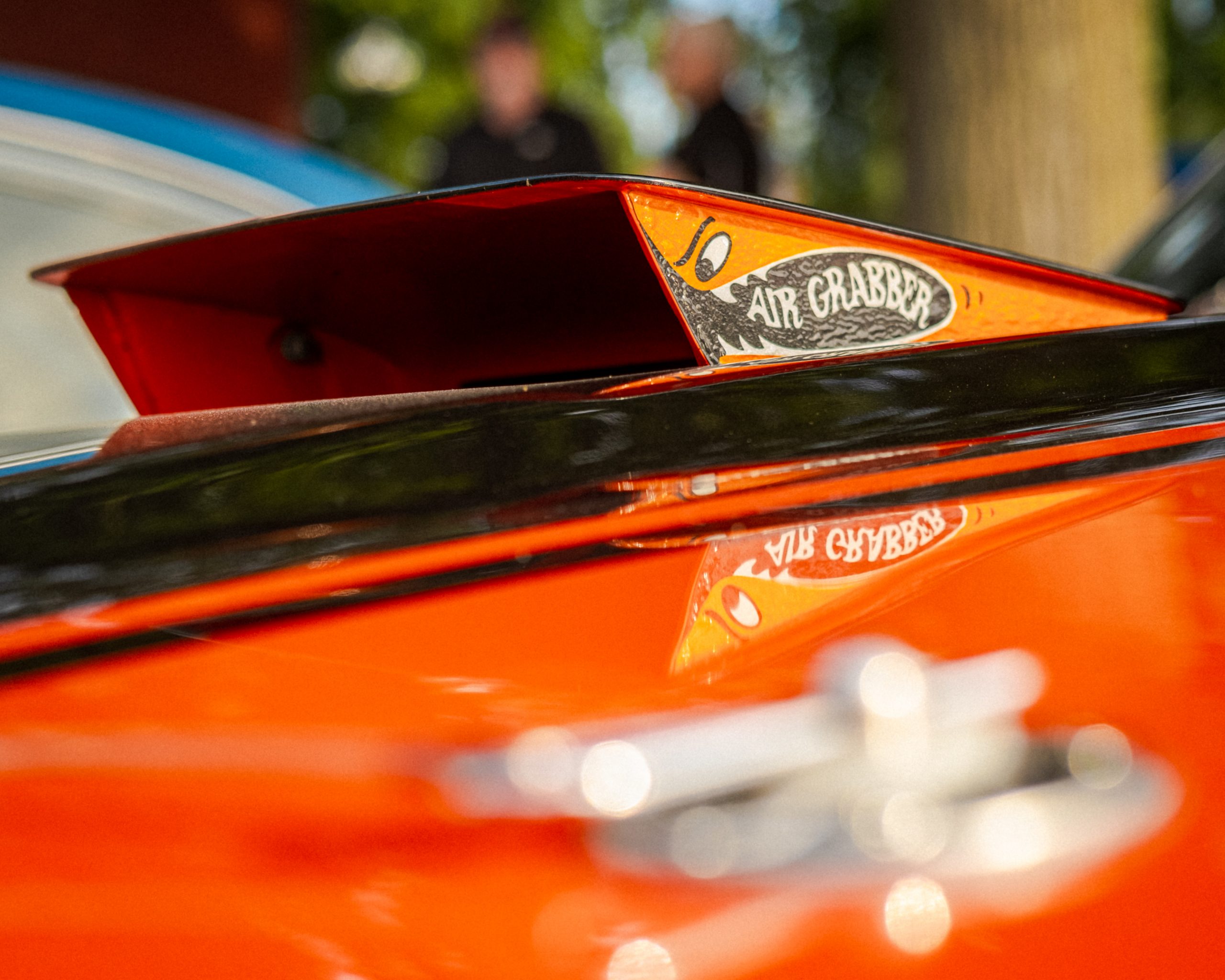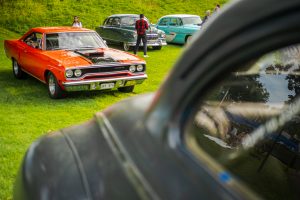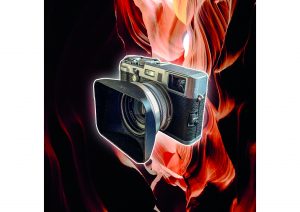
1970 Plymouth Road Runner. Fujifilm X-T3, Fujinon 35mm f/2 WR
Things that gives me goose bumps and makes my heart beat harder: seeing my sons smile, being told by my wife that she loves me–and hearing a V8 rumble.
I mean, needless to say there are more things that crowds my list of favourites but honestly, real engines (as in engines with carburetors) always make me smile. That being said, muscle cars are in 2024 practically unnecessary. Still though, they are soulwarmingly pleasant. The smells of the unburnt and exceedingly expensive fuel, the music of eight pistons pushing to turn the crankshaft. Together they form a symphony for all senses to enjoy. A mechanical wonder. So who cares if it is unnecessary?
I used to own one of those unecessary but subjectively awesome machines. A Mustang. I struggled with it in roundabouts and the floorpans were rusted out. The high pressure hose for the power steering leaked when turning hard while driving too slowly. A nightmare to park but a dream to drive.
This 1972 Mustang, with a cammed 302, a race prepped C4 transmission and slot mags, was soon sold to pay for a wedding ring but that–of course–was a very reasonable transaction.
The other day, while visiting the local car meet at Huskvarna Folkets Park, Sweden, this orange beast caught my eye right away. The dream of owning the perfect muscle car awoke again.

The 1970 Plymouth Road Runner was parked under the a tree, flattening the soft grass under its wide tires at the public park where the car show took place at. Complete with an open Air Grabber intake, more on that in a moment.
I never saw the owner so unfortunately I do not have any information on whether this was an original Road Runner or not. It might just as well have been a 70´s Belvedere with some paint and added attitude. Either way, this car showcases what in my eyes is the true beauty of raw muscle.

Plymouth Road Runner
Year:
1970
Horsepower:
Up to 425 hp (Hemi V8)
Engine Options:
383 cu in (6.3 L) V8 (standard)
440 cu in (7.2 L) Six-Pack V8
426 cu in (7.0 L) Hemi V8
Transmission:
3-speed automatic
4-speed manual
0-60 mph:
Approximately 5.5 seconds (with 426 Hemi)
Production Numbers:
Over 40,000 units produced in 1970
Original Price:
Approximately $3,000 USD
Platform:
Based on the Plymouth Belvedere/Satellite
The bold lines, aggressive stance and a paint job that made the adolescent boys of the time salivate more than a Playboy poster, the Road Runner demands attention. Especially so the Air Grabber intake brings both design and performance to the table–while open it delivers fresh cold air straight into the intake of the carburetor.


The muscle car was supposed to be a no-nonsense power house that could deliver serious muscle without breaking the bank. I wish there was something like that today.
I have read that a brand new Road Runner would list for about $3,000 USD in 1970. Adjusted for inflation (Using the U.S. Bureau of Labor Statistics’ Consumer Price Index (CPI) data, the average inflation rate from 1970 to 2024 is around 3.8% per year) that would be about $24,000 USD for a two door rear wheel drive V8-powered racer. Rarely I feel FOMO but man, I sure feel like I missed out.

The Air Grabber system was housed within a unique, upward-facing hood scoop that could be activated by the driver from inside the car.
When engaged, the scoop would pop up through a trap door on the hood, exposing a shark-like opening designed to capture incoming air.





